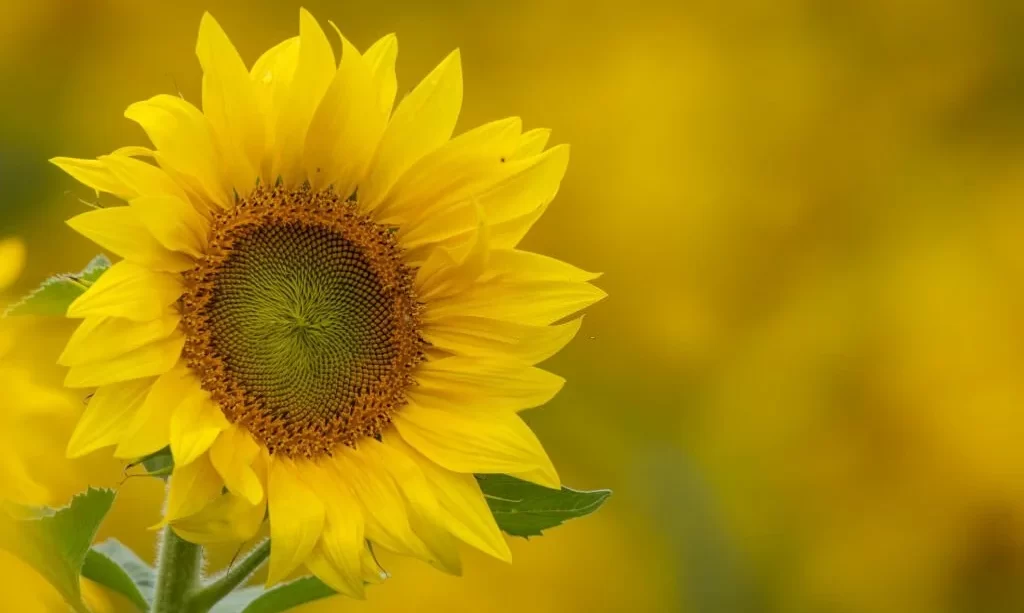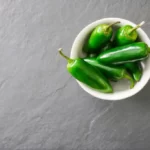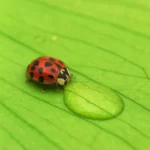Sunflowers, with their vibrant blooms and towering stalks, are a garden favorite that brings a touch of sunshine to any outdoor space. However, when the sunflower’s petals have fallen and the seeds have been harvested, you may find yourself wondering what to do with the remaining sunflower stalks. Beyond their prime blooming season, sunflower stalks still hold value and can serve various purposes. In this article, we’ll explore the potential of sunflower stalks in your garden and beyond, highlighting their role in garden ecosystems and the benefits they offer for wildlife and soil health. Embracing the potential of sunflower stalks not only reduces waste but also enhances the sustainability of your gardening endeavors.
Sunflower Stalks in the Garden
Sunflower stalks, once the stars of your garden, continue to play essential roles even after their magnificent blooms have faded. Here’s why you should consider leaving sunflower stalks in your garden:
- Wildlife Habitat: Sunflower stalks, with their nooks and crannies, provide valuable habitat for beneficial insects like ladybugs, bees, and spiders. These insects, in turn, help control garden pests, creating a more balanced ecosystem in your garden.
- Bird Feeding Stations: Sunflower heads left on the stalks can become natural bird feeders. Birds, especially finches, love to feast on sunflower seeds. By allowing them to feed on the seeds, you attract and support local bird populations.
- Soil Enrichment: Sunflower stalks can be left in the garden to decompose over time. As they break down, they add organic matter to the soil, enhancing its structure and fertility. This natural decomposition process also helps improve water retention in the soil.
- Support for Climbing Plants: Consider using sunflower stalks as trellises for climbing plants like beans, peas, or vining flowers. These sturdy stalks provide excellent support, helping your climbing plants grow upward.
By letting sunflower stalks remain in your garden, you contribute to a thriving ecosystem, support local wildlife, and enrich the soil, all while enjoying the rustic charm of these towering remnants of your sunflower’s past glory.
Decorative Uses of Sunflower Stalks
Sunflower stalks possess a rustic charm that can be harnessed for a variety of decorative purposes. Here are creative ways to repurpose sunflower stalks into charming and unique crafts:
- Wreaths: Sunflower stalks can be bundled together and shaped into decorative wreaths. Add seasonal accents like dried flowers, ribbons, or twine to create a beautiful and natural display for your front door or garden gate.
- Birdhouses: Sunflower stalks can serve as a base for crafting homemade birdhouses. Simply bundle the stalks together to create a sturdy structure, and then add a small gourd or wooden box for the nesting area. Hang your sunflower stalk birdhouses in the garden to provide shelter for feathered friends.
- Garden Markers: Cut sunflower stalks into smaller pieces and use them as garden markers. Write the names of your plants on these natural markers, and place them in the soil to help you keep track of what’s growing in your garden.
- Candle Holders: Hollow out sections of sunflower stalks to create rustic candle holders. These can add a warm and cozy atmosphere to your outdoor gatherings.
Making Sunflower Stalk Mulch
Sunflower stalks can be converted into mulch for your garden or landscape, offering several benefits:
- Chop and Shred: After the growing season, chop or shred the sunflower stalks into smaller pieces. The more finely you shred them, the faster they will decompose.
- Mulching: Spread the shredded sunflower stalks as mulch around your plants. This natural mulch helps retain soil moisture, suppress weeds, and regulate soil temperature. As it breaks down, it adds organic matter to the soil.
- Nutrient Release: Sunflower stalk mulch slowly releases nutrients into the soil as it decomposes. This gradual release supports plant growth and contributes to healthier soil.
- Sustainability: Repurposing sunflower stalks as mulch is a sustainable and eco-friendly way to manage garden waste and enhance the health of your garden.
By turning sunflower stalks into decorative crafts or garden mulch, you not only reduce waste but also infuse your garden with a touch of natural beauty. These creative uses allow you to extend the life of your sunflowers beyond their blooming season, adding character and sustainability to your outdoor spaces.
Sustainable Disposal of Sunflower Stalks
When it’s time to bid farewell to your sunflower stalks, it’s essential to choose sustainable disposal methods. Here are eco-friendly options for handling sunflower stalks:
- Composting: Sunflower stalks can be added to your compost pile or bin. Shredded or chopped sunflower stalks, along with other garden waste, contribute to nutrient-rich compost that enriches your garden soil.
- Mulching: As discussed earlier, shredding sunflower stalks and using them as mulch in your garden or landscape is a sustainable way to recycle them. This process enhances the health of your soil and reduces the need for synthetic mulch.
- Recycling: Some communities offer recycling programs for yard waste, including sunflower stalks. Check with your local recycling center or municipality to see if they accept these materials.
- Natural Breakdown: If you have a designated area for garden waste, you can let the sunflower stalks decompose naturally over time. This process adds organic matter to your garden and is particularly beneficial if you have wildlife that can benefit from the stalks in the meantime.
Conclusion
Sunflowers are not just the stars of your garden during their blooming season; their stalks, once the petals have fallen and the seeds harvested, can continue to play a valuable role in your garden and beyond. By repurposing sunflower stalks, you reduce waste, promote sustainability, and add unique touches to your outdoor spaces.
Whether you leave them in your garden to support local wildlife and enhance soil health, turn them into decorative crafts, or recycle them as mulch, sunflower stalks have a place beyond their prime. Embrace the versatility of these remnants and take pride in the sustainable approach to gardening. By doing so, you’ll not only preserve the rustic charm of sunflower stalks but also minimize waste while enriching your garden’s ecosystem and nourishing the Earth.



